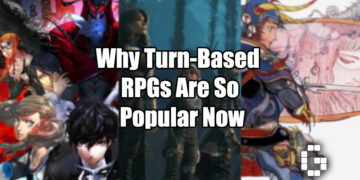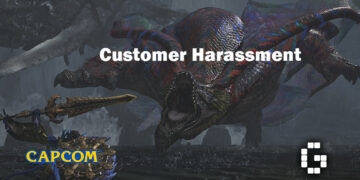In the increasingly crowded Metroidvania landscape, NITRO PLUS’ Rusty Rabbit carves out a distinct niche with its post-apocalyptic frozen Earth setting and anthropomorphic protagonist. Our review of Rusty Rabbit will examine the game’s narrative strengths, mechanical shortcomings, and overall position within the genre to help you decide if this frozen journey is worth your time.
Featuring storytelling led by renowned writer Gen Urobuchi (known for Puella Magi Madoka Magica and Psycho-Pass), this ice-age adventure offers a thoughtful narrative experience that sometimes outshines its gameplay mechanics.

A Frozen World With Heart
Rusty Rabbit takes place in a near-future Earth devastated by a sudden ice age that drove humanity from the planet, leaving rabbits to emerge as the dominant species. Players control Stamp, a grouchy yet endearing rabbit who pilots the Junkster mech across the frozen remnants of human civilization. The game’s environmental storytelling shines through its contrasting imagery—humble rabbit villages built from scavenged materials set against massive, snow-covered skyscrapers and forgotten monuments.

The narrative unfolds through a combination of NPC interactions, side quests, and collectible journals and audio logs. These elements provide glimpses into both the panic of humanity’s final days and the curious, respectful perspective of rabbit society that followed. Optional quests reveal touching personal stories, from scholarly unrequited love to failed mechanical experiments, adding emotional depth to the world.

Gen Urobuchi’s storytelling influence is evident in the game’s quiet, philosophical contemplation and moments of understated sorrow. While some dialogue sections run longer than necessary and can interrupt exploration flow, the narrative rewards are typically worth these brief detours. The emotional contrast between vast, empty ice fields and the warm, close-knit rabbit communities creates a resonant backdrop for the adventure.
Mechanics: A Slow Thaw
The gameplay combines Metroidvania exploration with loot-driven progression but struggles with pacing issues. Early movement feels particularly sluggish and clumsy, with basic walking, climbing, and jumping mechanics that lack fluidity. The game’s pace improves dramatically once rocket boosters are acquired several hours in, followed by jetpack wall-jumps and dash upgrades that transform the exploration experience. Unfortunately, these vital mobility enhancements arrive too late to salvage the slow early game.

The town-based Junkster upgrade hub provides clear feedback on skill progression and highlights backtrackable routes, though revisiting large areas for minor resources often feels more like busywork than rewarding exploration. While the main dungeons lack diversity in design, optional procedurally generated dungeons with unique themes do add some replayability to the experience.
Combat: Missing Impact
Combat begins with a basic melee digger arm and gradually expands to include gun, sword, and hammer attachments that diversify attack options. However, these encounters are hampered by clumsy mech handling and questionable hit detection that can make close-quarters fights frustrating. Status ailments like freezes and stuns force cautious play, but most enemies pose minimal threat, creating a low difficulty ceiling.
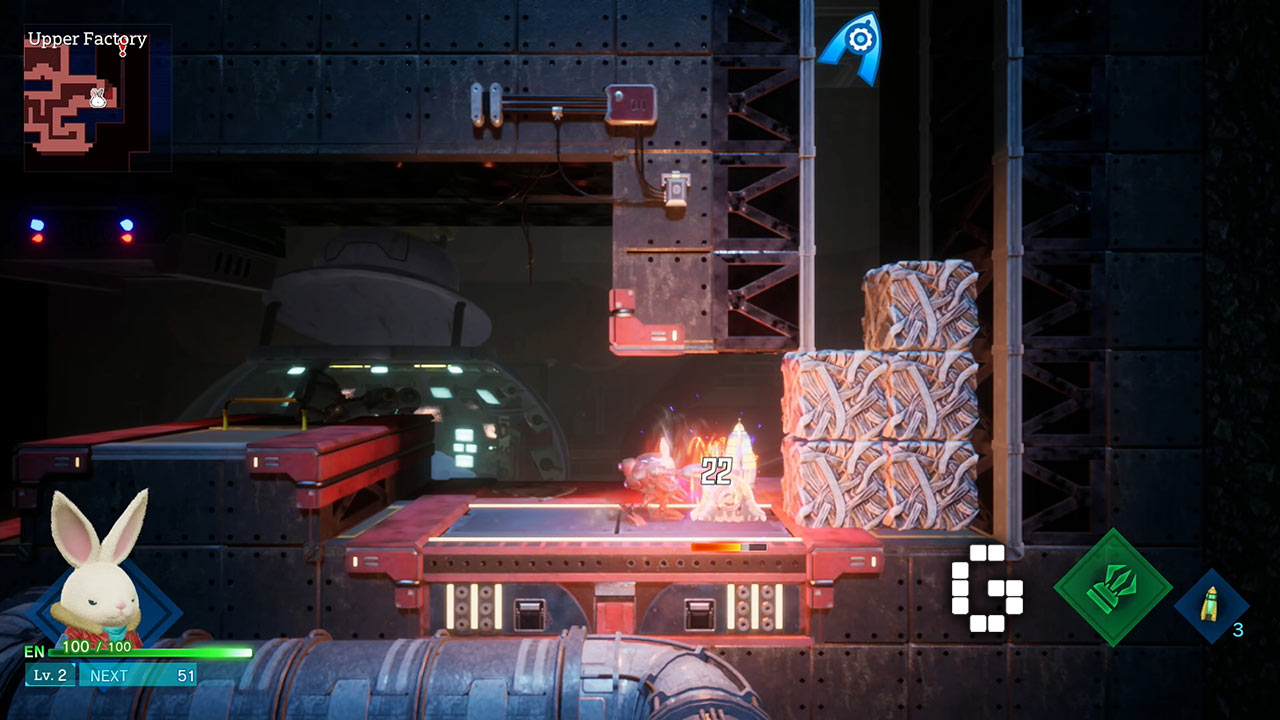
Boss encounters showcase Nitroplus’s creative design capabilities but suffer from shallow mechanics that largely mirror standard enemy encounters with basic dodge-and-shoot patterns. Attacks lack satisfying weight or impact, with underwhelming sound design that fails to convey the power of your strikes. The combat system prioritizes accessibility over challenge, clearly targeting casual players or newcomers to the Metroidvania genre.

The late-game experience improves significantly once players unlock a full suite of abilities. Jetpacks and drills transform the environment into a vertical playground of exploration possibilities. However, limited enemy variety provides few opportunities to fully test weapon upgrades and combat strategies, leaving players wishing for more diverse challenges.
Verdict
Rusty Rabbit presents a compelling narrative within a distinctive post-apocalyptic setting that stands out in the crowded Metroidvania landscape. Its atmospheric worldbuilding and character-driven storytelling create an emotionally resonant experience that improves significantly as players unlock additional movement abilities and explore its vertical spaces.
However, the game is held back by its sluggish early pacing, repetitive combat encounters, and uneven dungeon design. Players who value story and atmosphere over mechanical refinement may find the journey worthwhile, especially if they appreciate a more relaxed difficulty curve. Those seeking polished platforming mechanics and consistent gameplay challenges might find Rusty Rabbit falling short compared to genre standouts like Ori and the Blind Forest or Hollow Knight.

The Nintendo Switch version experiences occasional performance dips that can disrupt the flow of platforming and combat. These inconsistencies, while not game-breaking, add another layer of frustration to an already mechanically uneven experience. For fans of narrative-focused games willing to push through some mechanical rough spots, Rusty Rabbit offers a unique and atmospheric adventure in a memorable frozen world. Just be prepared for a slow start before reaching the game’s more engaging later sections.
Join Us!
We are recruiting! If you want to break into the gaming media industry, don't miss out on the golden opportunity. Find out more: Malaysia. Overseas.Featured Video
The Review
Rusty Rabbit
PROS
- Deep, emotional storytelling with a unique post-human world setting.
- Environmental storytelling and collectibles are consistently rewarding and immersive.
- Optional side quests and journals flesh out a rich, layered world.
- Accessible difficulty that’s friendly to newcomers to the Metroidvania genre.
CONS
- Early gameplay pacing is slow and clunky until major movement upgrades are unlocked.
- Combat lacks depth, impact, and satisfying feedback.


![[BIC2025] Busan Indie Connect Festival 2025 Opens with Record-Breaking Participation](https://cdn.gamerbraves.com/2025/08/BIC-2025-Opening_News_FI-360x180.jpg)

![[BIC 2025] Indie Developer Shares IP Collaboration Insights at Busan Indie Wave Conference](https://cdn.gamerbraves.com/2025/08/BIWC-Collaboration_News_FI-360x180.jpg)

![[BIC2025] Indie Developer Shares Replayability Secrets at Busan Indie Wave Conference](https://cdn.gamerbraves.com/2025/08/BIWC-Replayability_News_FI-360x180.jpg)

![[BIC2025] Game Developers Share AI Innovation Insight at Busan Indie Wave Conference](https://cdn.gamerbraves.com/2025/08/BIWC-AI_News_FI-1-360x180.jpg)


![[EXCLUSIVE] Honor of Kings Goes Global: Interview with James Yang on International Esports Expansion](https://cdn.gamerbraves.com/2025/08/James-Yang-Exclusive_Interview_FI-360x180.jpg)

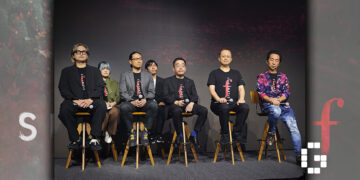

![[EXCLUSIVE] Creative Masterminds from Gearbox Software Reveal What Makes Borderlands 4 Worth the Wait](https://cdn.gamerbraves.com/2025/07/Borderlands-4-at-Bilibili-World-2025_Interview_FI-360x180.jpg)


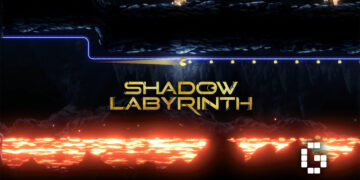

![[BIC2025] Busan Indie Connect Festival 2025 Award Winners Announced](https://cdn.gamerbraves.com/2025/08/BIC-2025-Closing-Ceremony_News_FI-1-350x250.jpg)

![[BIC2025] Busan Indie Connect Festival 2025 Opens with Record-Breaking Participation](https://cdn.gamerbraves.com/2025/08/BIC-2025-Opening_News_FI-350x250.jpg)

